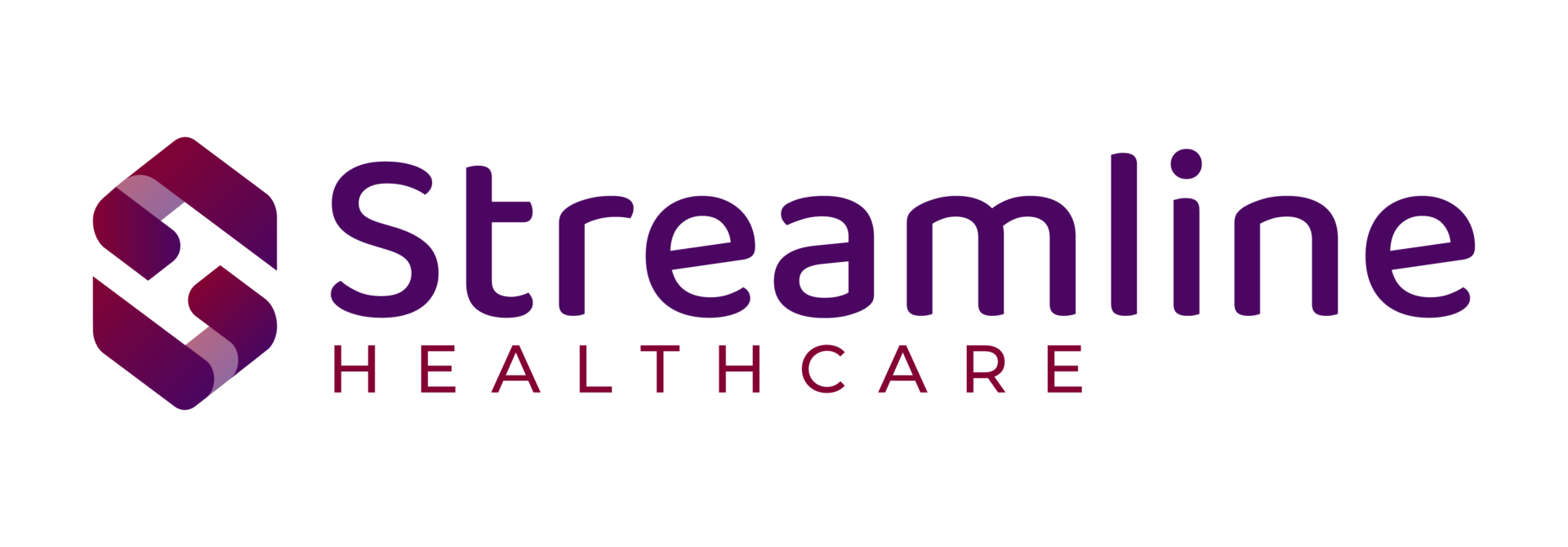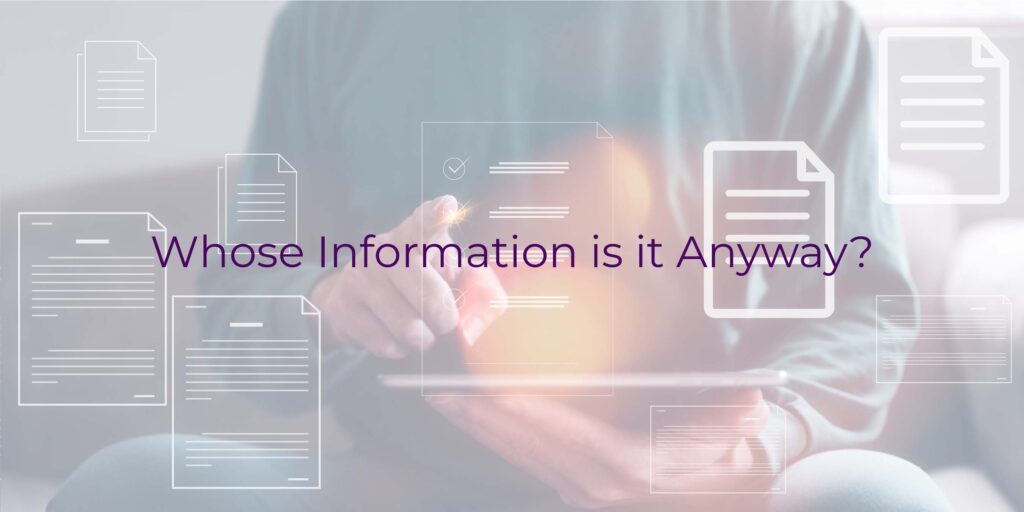Data Sharing and Collaborative Documentation: Requirements and Best Practices in Behavioral Health
Sharing patient data may sound a bit foreign to many in Behavioral Health, but two things are changing that: One, it is now required that patients have access to much of their data; and two, evidence suggests that data-sharing techniques like Collaborative Documentation improve both efficiency and outcomes of care delivery.
This Part 1 post looks at data-sharing requirements and the benefits of Collaborative Documentation. Part 2 will look at some of the challenges of Collaborative Documentation and best practices for implementing it. These issues were discussed in detail in our recent webinar: Whose Information Is It Anyway.
Current Requirements: To Share and Not to Share
Overall, the position that the federal government and regulators have taken is that the patient has a right to their data and it cannot be difficult to obtain it. The 21st Century Cures Act and other rules and requirements are aimed at “Delivering on the Patient’s Right to Their Medical Records and Promoting a Modern Health App Economy.”
At the same time, there are exceptions and restrictions on sharing certain types of Behavioral Health data, including psychotherapy notes, situations where there is a consideration of preventing harm, and information in substance use disorder (SUD) treatment records.
Beyond Requirements to Best Practices
While the exceptions and restrictions of sharing Behavioral Health information are important, there is evidence that sharing more information with patients in the form of Collaborative Documentation can improve the efficiency and effectiveness of providing care.
Since it is the patient’s data, it should be available as soon as possible and it needs to be as accurate as possible. With collaborative documentation in behavioral health, the sharing of patient data starts at the time of treatment. Typically, it involves:
- Completing the documentation of services before the service ends,
- Working with the client on documenting the services provided,
- Reorienting assessment and care plan during the course of treatment to integrate the treatment goals, and
- Doing assessment and care planning.
This can provide a number of benefits:
- Improve treatment engagement.
- Improve medication adherence.
- Increase capacity for service delivery.
- Improve quality and accuracy of documentation.
- Improve staff morale.
- Improve days in Accounts Receivable.
In particular, one provider survey found that 96% of patients who were involved in Collaborative Documentation felt more involved in their own care and 94% wanted to continue with Collaborative Documentation.
While Collaborative Documentation has many benefits, it’s not without its challenges. Part 2 of this post will explore real-world challenges and how providers are overcoming them.
Streamline and SmartCare™
Since 2003, Streamline Healthcare Solutions has focused exclusively on Behavioral Health and Human Services. We understand people choose this work out of a deep desire to help others. We partner with our customers to provide innovative technology solutions that help them advance the lives of those they serve.
Streamline’s SmartCare™ is a true enterprise Electronic Health Record (EHR) platform that sets a new standard for Behavioral Health EHRs. Its dependability and stability provide organizations with the control they need to succeed in today’s complex environment, while its flexible and intuitive user experience enables them to transform the way they provide care to meet the exciting promise of tomorrow.
Request a demo today and learn how SmartCare™ can support your organization.




